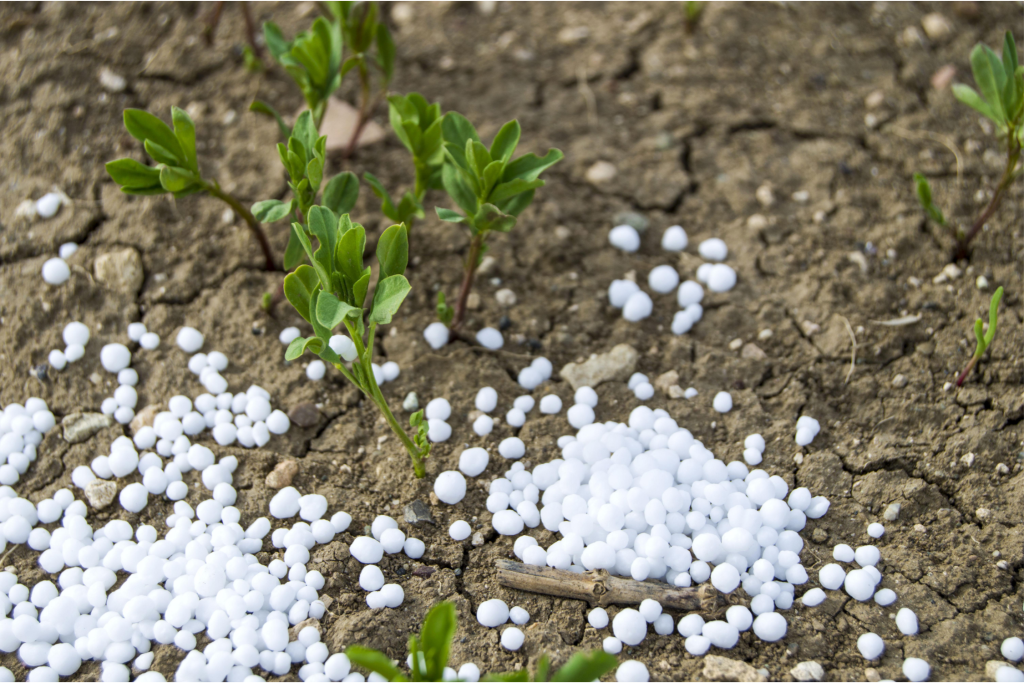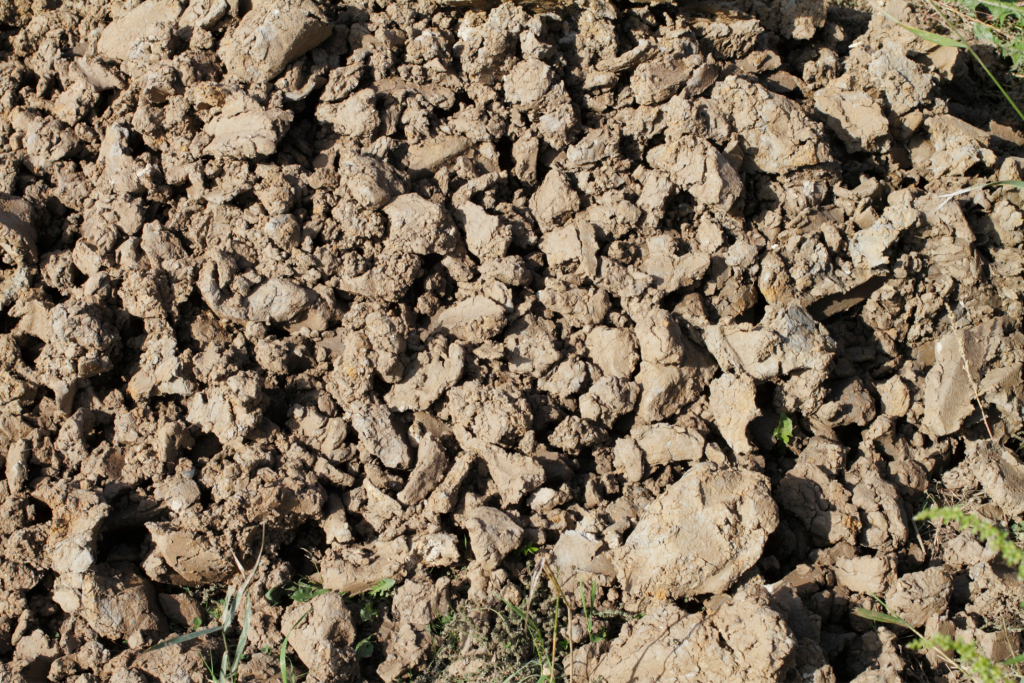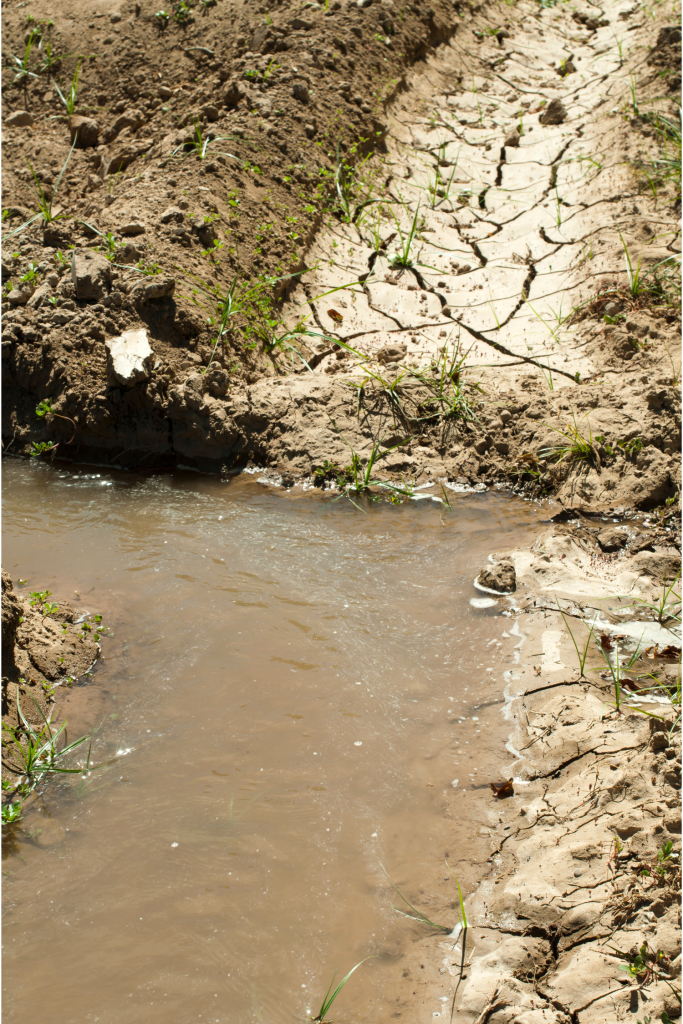Introduction
Clay soil, known for its fine texture and high nutrient content, can be challenging to work with due to its poor drainage and compaction tendencies. However, with the right techniques, you can transform clay soil into a fertile and productive medium for gardening and farming. This blog will provide you with practical methods to improve clay soil, enhancing its structure, drainage, and overall health.
Understanding Clay Soil
Before diving into improvement techniques, it’s essential to understand the key characteristics of clay soil:
- Fine Particles: Clay soil consists of tiny particles that pack tightly together.
- High Water Retention: The fine particles hold water well, often leading to poor drainage.
- Nutrient-Rich: Clay soil can store essential nutrients, making them available to plants.
- Compaction: The dense nature of clay soil makes it prone to compaction, reducing aeration and root penetration.
Techniques to Improve Clay Soil
1. Incorporating Organic Matter

Adding organic matter is one of the most effective ways to improve clay soil. Organic materials help break up the dense particles, enhancing soil structure and drainage. Here are some options:
- Compost: Rich in nutrients and beneficial microbes, compost improves soil structure and fertility.
- Leaf Mold: Decomposed leaves add organic matter and improve soil texture.
- Well-Rotted Manure: Adds nutrients and organic matter, enhancing soil health and structure.
- Cover Crops: Planting cover crops like clover or vetch can add organic matter to the soil when they decompose.
2. Using Soil Amendments
Certain soil amendments can help improve clay soil by altering its physical properties:
- Gypsum: Adding gypsum can help flocculate clay particles, reducing compaction and improving drainage. Apply gypsum at a rate of 20-50 pounds per 1,000 square feet.
- Sand: Mixing coarse sand with clay soil can improve drainage and reduce compaction. Be sure to use coarse sand, as fine sand can worsen the problem.
3. Mulching

Mulching with organic materials helps regulate soil temperature, retain moisture, and prevent compaction. As mulch decomposes, it adds organic matter to the soil. Use materials like straw, wood chips, or shredded leaves.
4. Implementing Proper Watering Techniques

Overwatering can exacerbate the drainage problems of clay soil. Adopt these watering practices:
- Deep, Infrequent Watering: Water deeply to encourage deep root growth, and allow the soil to dry out between waterings to prevent waterlogging.
- Drip Irrigation: Using a drip irrigation system delivers water directly to the root zone, minimizing surface runoff and waterlogging.
5. Creating Raised Beds
Raised beds provide better drainage and allow for greater control over soil composition. Fill raised beds with a mix of clay soil and organic matter to improve soil structure and fertility.
6. Practicing No-Till Gardening
Tilling clay soil can lead to further compaction and disrupt soil structure. Consider adopting a no-till approach:
- Layering Organic Matter: Instead of tilling, layer organic materials on the soil surface. Over time, they will decompose and improve soil structure.
- Cover Crops: Use cover crops to naturally aerate and improve soil without the need for tilling.
Additional Tips for Managing Clay Soil
- Test Soil pH: Ensure your soil pH is within the optimal range for your plants. Most garden plants prefer a pH between 6.0 and 7.0. Amend the soil with lime to raise the pH or sulfur to lower it if needed.
- Avoid Working Wet Soil: Avoid working with clay soil when it’s wet, as this can lead to compaction. Wait until the soil is moist but not saturated before digging or planting.
- Planting in Stages: Gradually introduce plants to improved clay soil by planting in stages. This allows you to monitor soil health and make adjustments as needed.
Conclusion
Improving clay soil requires patience and consistent effort, but the rewards of a healthy, productive garden are well worth it. By incorporating organic matter, using soil amendments, mulching, implementing proper watering techniques, creating raised beds, and practicing no-till gardening, you can transform clay soil into a fertile and manageable growing medium. Embrace these techniques, and watch your garden thrive.



